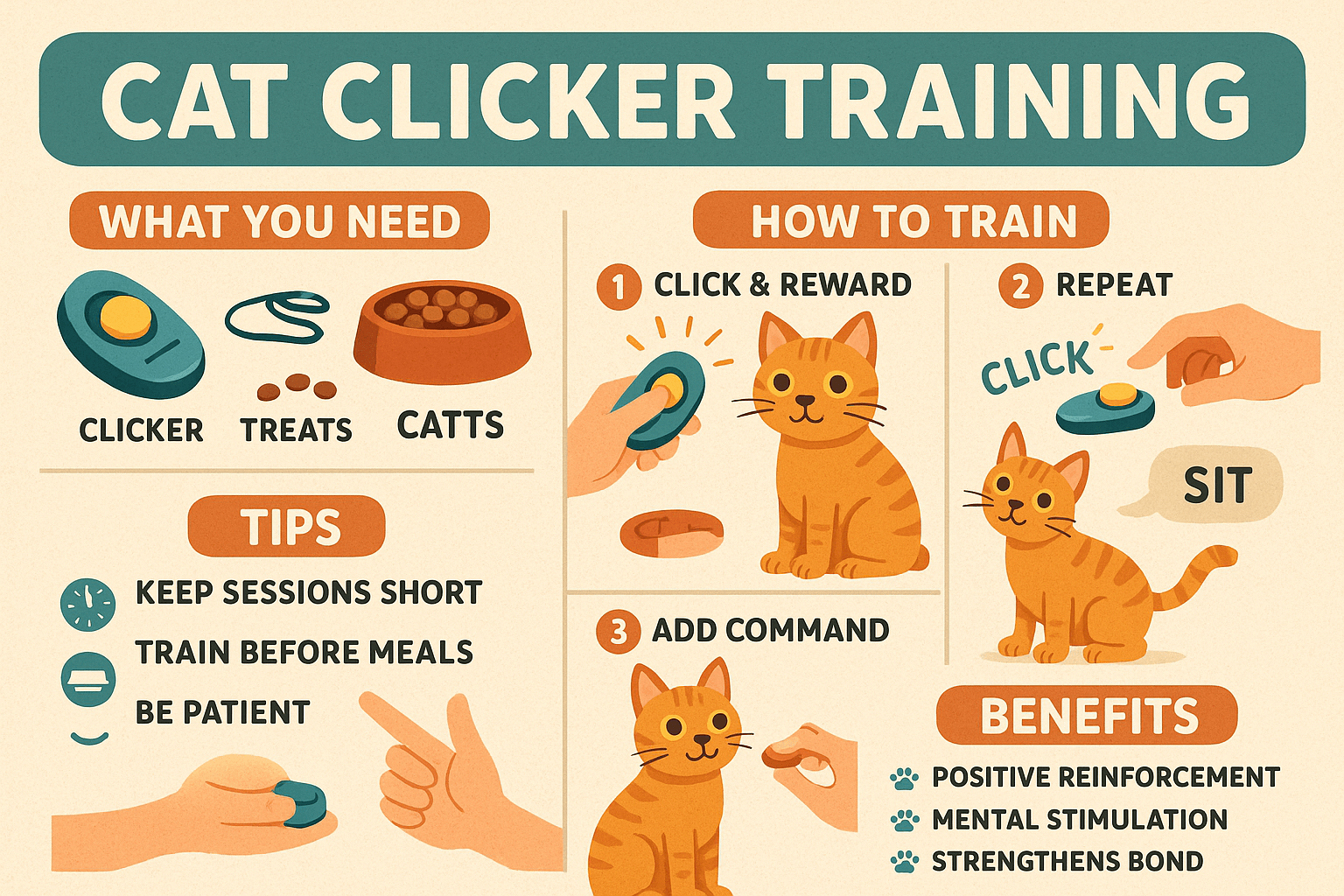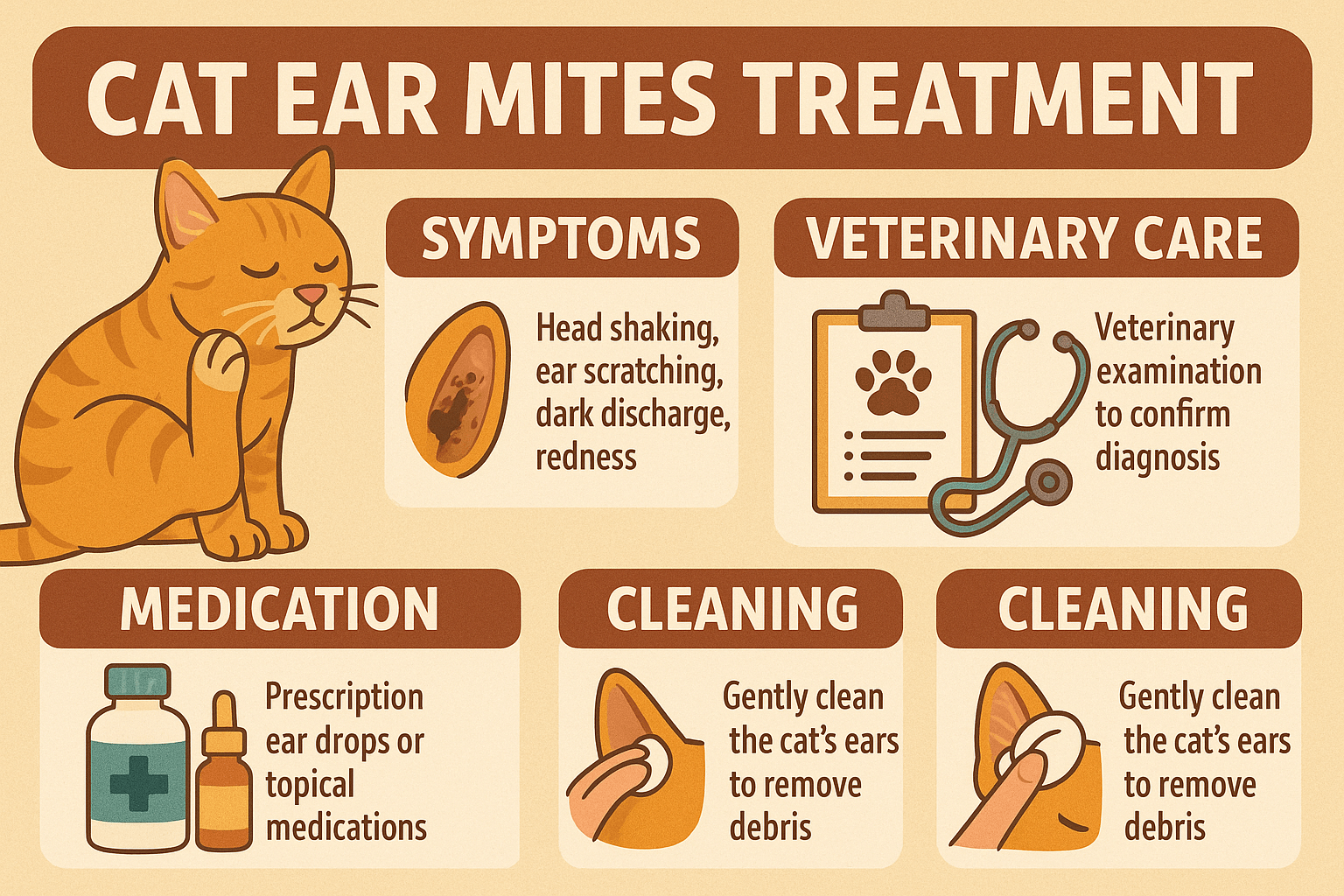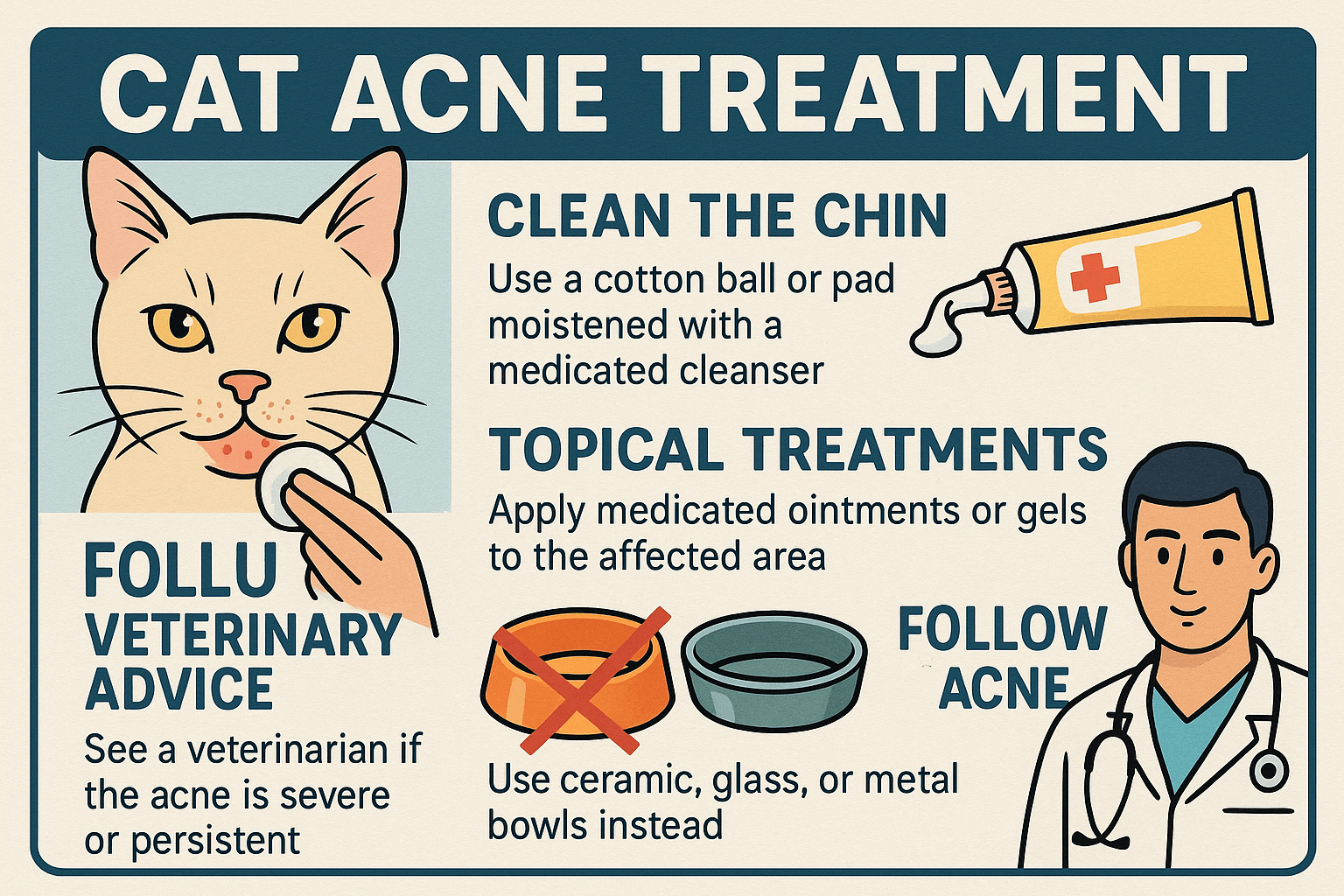How Many Paws Does a Cat Have? Unraveling the Feline Mystery
Cats have long been cherished companions, captivating humans with their elegance, independence, and playful nature. Whether you’re a seasoned cat owner or simply an admirer of these furry creatures, there’s always something new to learn about them. One fundamental question that often arises, especially among young children or first-time pet owners, is: How many paws does a cat have? While this may seem like a straightforward query, it opens the door to exploring fascinating aspects of feline anatomy, behavior, and even health.
In this blog post, we’ll delve into the world of cats, uncovering not just the number of paws they possess but also what makes these paws so unique and essential to their daily lives.
The Basics: Understanding a Cat’s Paw Structure
Before diving into the intricacies of a cat’s paws, let’s start with the basics. A cat’s paw is more than just a cute feature—it plays a vital role in their movement, hunting, and overall well-being. Here are some key points to consider:
- Cats typically have four paws , two in the front and two in the back.
- Each paw contains soft pads that provide cushioning and traction.
- The front paws usually have five toes, while the back paws have four.
- Some cats are born with extra toes, a condition known as polydactylism.
- Paws help cats regulate their body temperature through sweat glands located on their pads.
Understanding these fundamentals not only answers the question of how many paws a cat has but also highlights their importance in a cat’s life. From climbing trees to stalking prey, a cat’s paws are truly multifunctional tools.
Why Are a Cat’s Paws So Special?
A cat’s paws are remarkable structures that contribute significantly to their agility and survival instincts. Let’s explore why these seemingly simple appendages are so extraordinary:
- Silent Hunters: The soft pads on a cat’s paws allow them to move stealthily, making them excellent hunters.
- Built-In Shock Absorbers: The thick pads act as shock absorbers, protecting their joints during high jumps.
- Versatile Tools: Cats use their paws for grooming, playing, and even communicating with humans.
- Sensory Functions: Nerve endings in their paws help them detect vibrations and changes in their environment.
- Temperature Regulation: Sweat glands in their paws help cool them down on hot days.
These features make a cat’s paws indispensable to their daily activities. Whether they’re leaping onto a windowsill or kneading your lap, their paws are always hard at work.
Check this guide 👉 Top 4 Best Canned Cat Food Products Your Feline Will Love!
Check this guide 👉 Top 4 Best Sensitive Cat Foods for Ultimate Relief!
Check this guide 👉 Top 5 Ultimate Cat Treats for Pure Feline Delight!

Feature | Function |
|---|---|
Soft Pads | Provide cushioning and silent movement |
Sweat Glands | Help regulate body temperature |
Extra Toes (Polydactyl) | Offer enhanced grip and balance |
Front Paw Dexterity | Enables precise movements like opening doors |
Claw Retraction | Protects claws and aids in hunting and climbing |
Common Myths About Cat Paws
There are several misconceptions surrounding a cat’s paws, which can lead to confusion or misinformation. Let’s debunk some of the most common myths:
- Myth 1: Cats always land on their feet because of their paws.
Reality: While their paws play a role, it’s their flexible spine and inner ear balance that enable this ability. - Myth 2: A cat’s paws are indestructible.
Reality: Paws can be injured, and cuts or burns require immediate veterinary attention. - Myth 3: All cats have the same number of toes.
Reality: Some cats are polydactyl, meaning they have extra toes. - Myth 4: Cats don’t feel pain in their paws.
Reality: Paws are highly sensitive, and injuries can cause significant discomfort. - Myth 5: Only outdoor cats need paw care.
Reality: Indoor cats also benefit from regular paw inspections and maintenance.
By understanding these facts, we can better appreciate the complexities of a cat’s paws and ensure they remain healthy and functional.
Tips for Maintaining Healthy Cat Paws
Taking care of your cat’s paws is essential for their overall health and happiness. Here are some practical tips to keep their paws in top condition:
- Regular Inspections: Check for cuts, swelling, or foreign objects lodged between their toes.
- Trimming Claws: Keep their claws trimmed to prevent overgrowth and discomfort.
- Moisturizing Pads: Use pet-safe moisturizers to prevent dry or cracked pads.
- Avoid Harsh Surfaces: Protect their paws from extreme temperatures or rough terrain.
- Encourage Play: Engage them in activities that promote natural paw usage, like scratching posts.
By following these tips, you can ensure your cat’s paws remain strong and healthy, allowing them to continue exploring their world with confidence.
The Role of Paws in Communication
Cats are known for their subtle yet effective ways of communicating with humans and other animals. Surprisingly, their paws play a significant role in this process. Here’s how:
- Gentle Taps: Cats often use their paws to get attention by tapping on your arm or leg.
- Playful Swats: During playtime, paw swats can indicate excitement or mock aggression.
- Territorial Marking: Cats have scent glands in their paws, which they use to mark their territory when kneading or scratching.
- Expressing Affection: A soft paw pat on your face or hand is a sign of trust and affection.
- Warning Signals: Raised paws or unsheathed claws can signal discomfort or readiness to defend themselves.
Understanding these behaviors helps strengthen the bond between cats and their owners, proving that even the smallest gestures carry meaning.
How Paws Aid in Hunting and Survival
A cat’s hunting prowess is legendary, and much of their success can be attributed to their highly specialized paws. Let’s explore how their paws contribute to their survival skills:
- Silent Approach: Soft paw pads allow cats to stalk prey without making noise.
- Precision Strikes: Their front paws enable precise movements, such as grabbing or pinning down prey.
- Enhanced Grip: Paw pads provide traction, helping cats maintain stability during high-speed chases.
- Retractable Claws: Claws that extend only when needed ensure stealth and prevent wear and tear.
- Environmental Awareness: Sensitive paw pads detect vibrations, alerting them to nearby prey or danger.
These adaptations make a cat’s paws indispensable tools for hunting and navigating their surroundings, showcasing nature’s ingenuity.
Fun Facts About Cat Paws
Beyond their practical functions, a cat’s paws are full of surprises. Here are some fun facts that highlight their uniqueness:
- Unique Patterns: Like human fingerprints, each cat’s paw pad pattern is unique.
- Color Coordination: A cat’s paw pads often match the color of their fur or coat markings.
- Kneading Rituals: Kneading is a behavior inherited from kittenhood and is linked to feelings of comfort.
- Temperature Sensitivity: Cats dislike walking on cold or wet surfaces due to the sensitivity of their paw pads.
- Polydactyl Cats: Some cats, like the famous “Hemingway cats,” can have up to seven toes on a single paw.
These quirky traits remind us that a cat’s paws are not just functional but also full of charm and individuality, adding to the magic of feline companionship.
Frequently Asked Questions About Cat Paws
How many paws does a cat have?
A cat has four paws—two in the front and two in the back.
Do all cats have the same number of toes?
No, some cats are polydactyl, meaning they have extra toes.
Can cats sweat through their paws?
Yes, cats have sweat glands in their paws that help regulate body temperature.
Why do cats knead with their paws?
Kneading is a comforting behavior rooted in kittenhood when they stimulated milk flow from their mother.
Should I clean my cat’s paws regularly?
Yes, gently wiping their paws with a damp cloth can remove dirt and debris, keeping them clean and healthy.
Conclusion: Celebrating the Marvels of Cat Paws
In conclusion, a cat’s paws are far more than just adorable features—they are intricate tools that enable cats to thrive in their environments. From their dexterity and sensory capabilities to their role in maintaining balance and temperature regulation, paws are essential to a cat’s well-being. By understanding how many paws a cat has and appreciating their unique qualities, we can deepen our connection with these fascinating creatures. Whether you’re marveling at their ability to land gracefully or simply enjoying the warmth of their paw prints on your lap, take a moment to celebrate the incredible design of a cat’s paws. After all, they are a testament to the beauty and complexity of nature’s creations.
Cat Clicker Training: Best 7 Expert Tips! Discover how to train your cat using clicker techniques, improve behavior, and strengthen your bond with simple, effective strategies.
Lorem ipsum dolor sit amet, consectetur adipiscing elit. Ut elit tellus, luctus nec ullamcorper mattis, pulvinar dapibus leo.
Cat Ear Mites Treatment: Best 7 Expert Tips! Discover effective solutions to treat and prevent ear mites in cats, ensuring your pet's comfort and health with expert advice.
Cat Acne Treatment: Best 7 Expert Tips! Discover effective remedies, prevention strategies, and expert advice to treat and manage feline acne for a healthier, happier cat.




